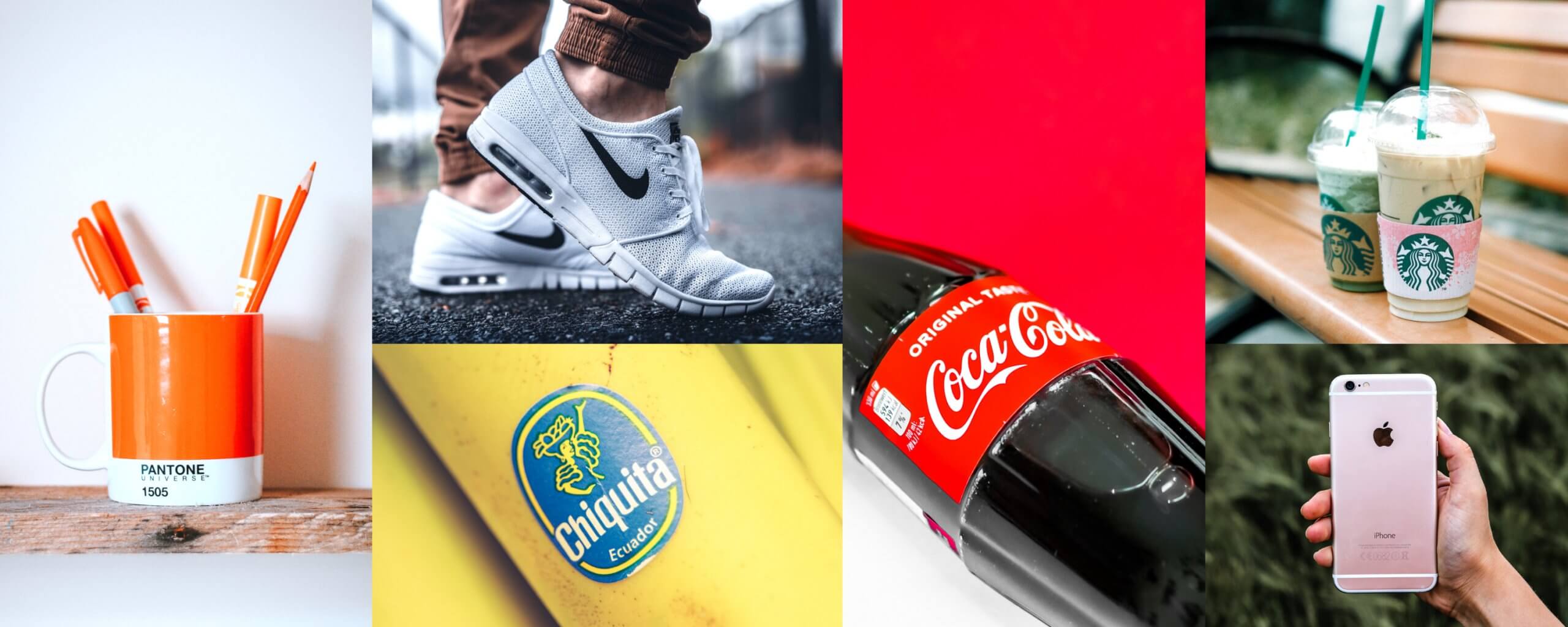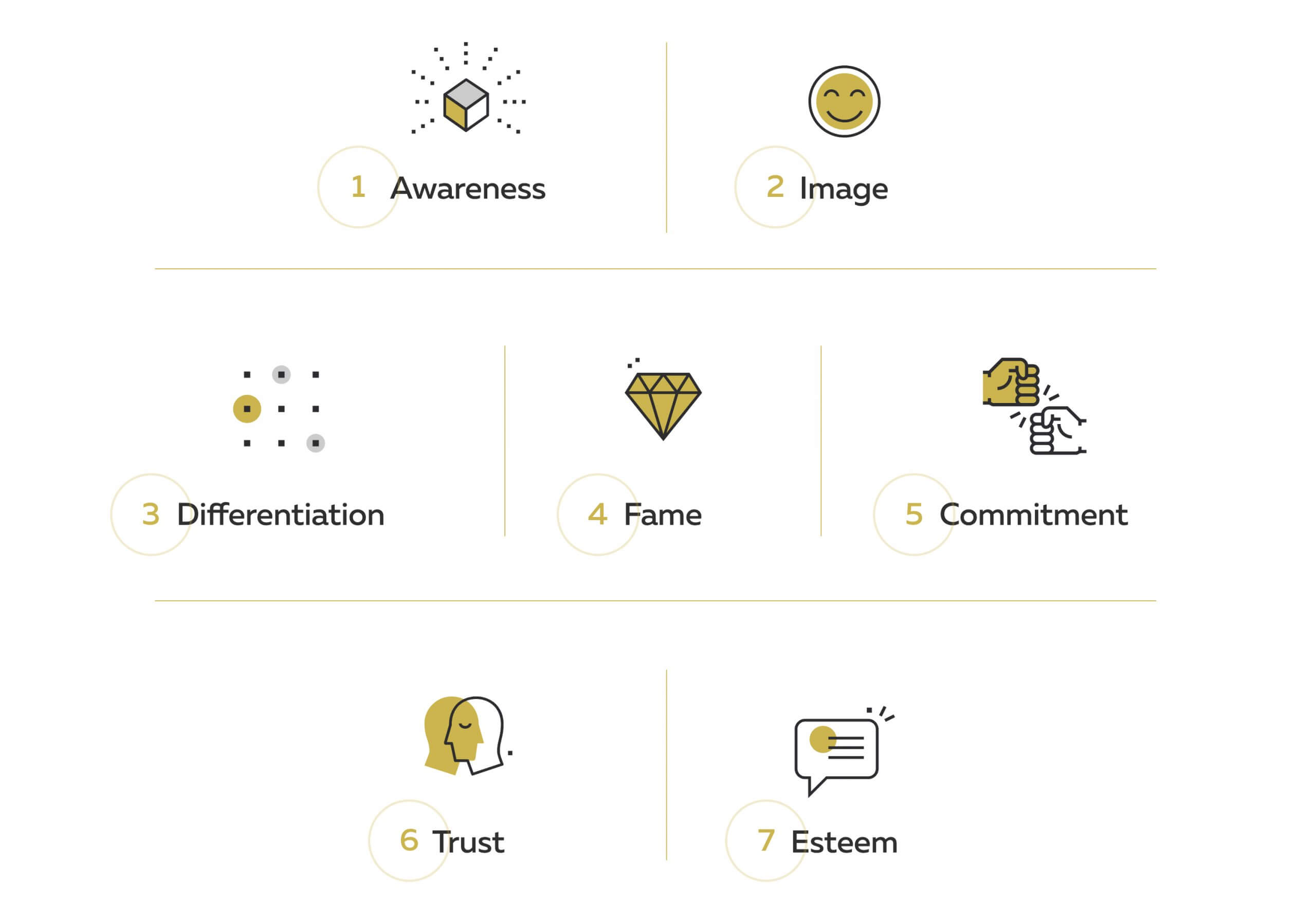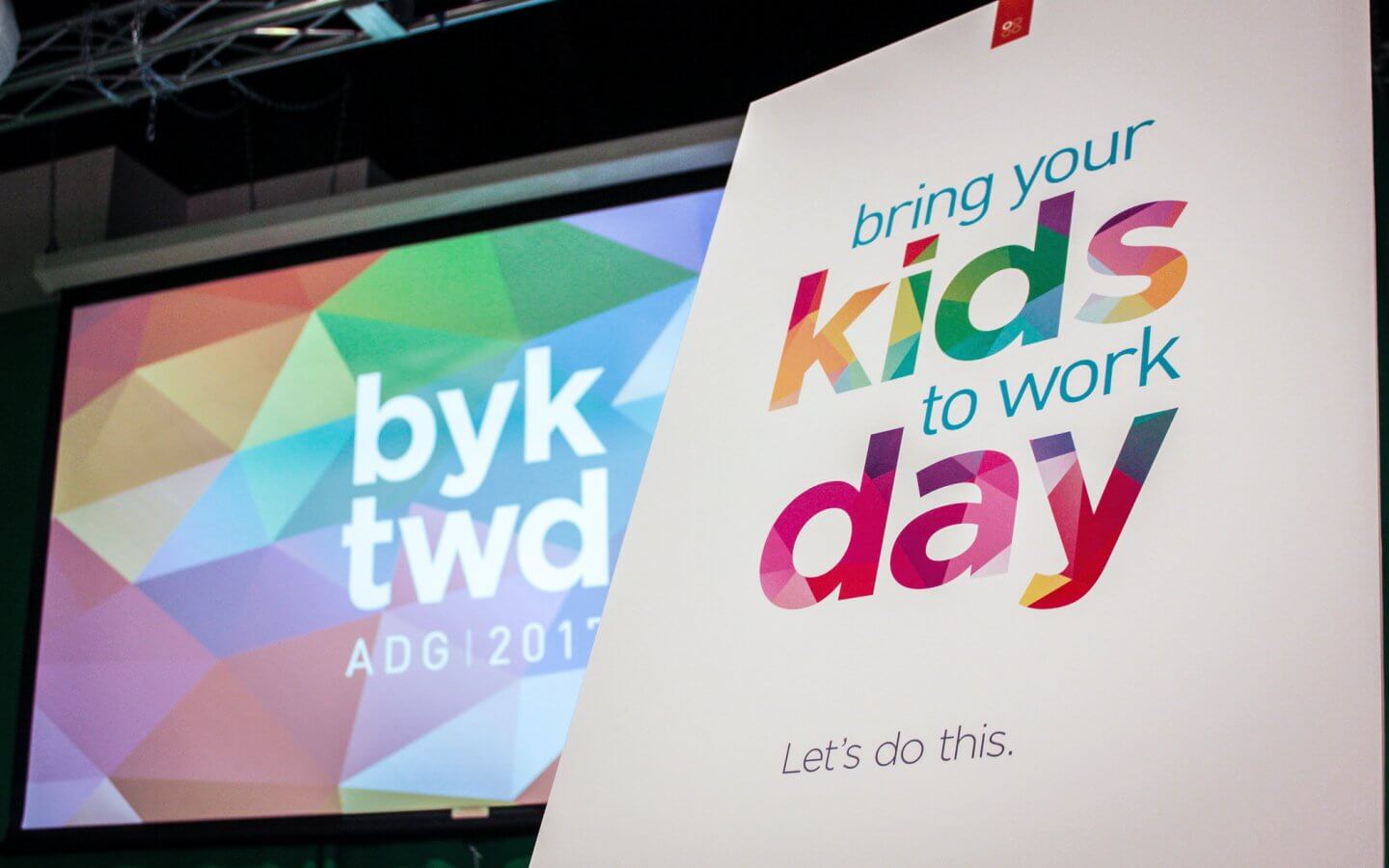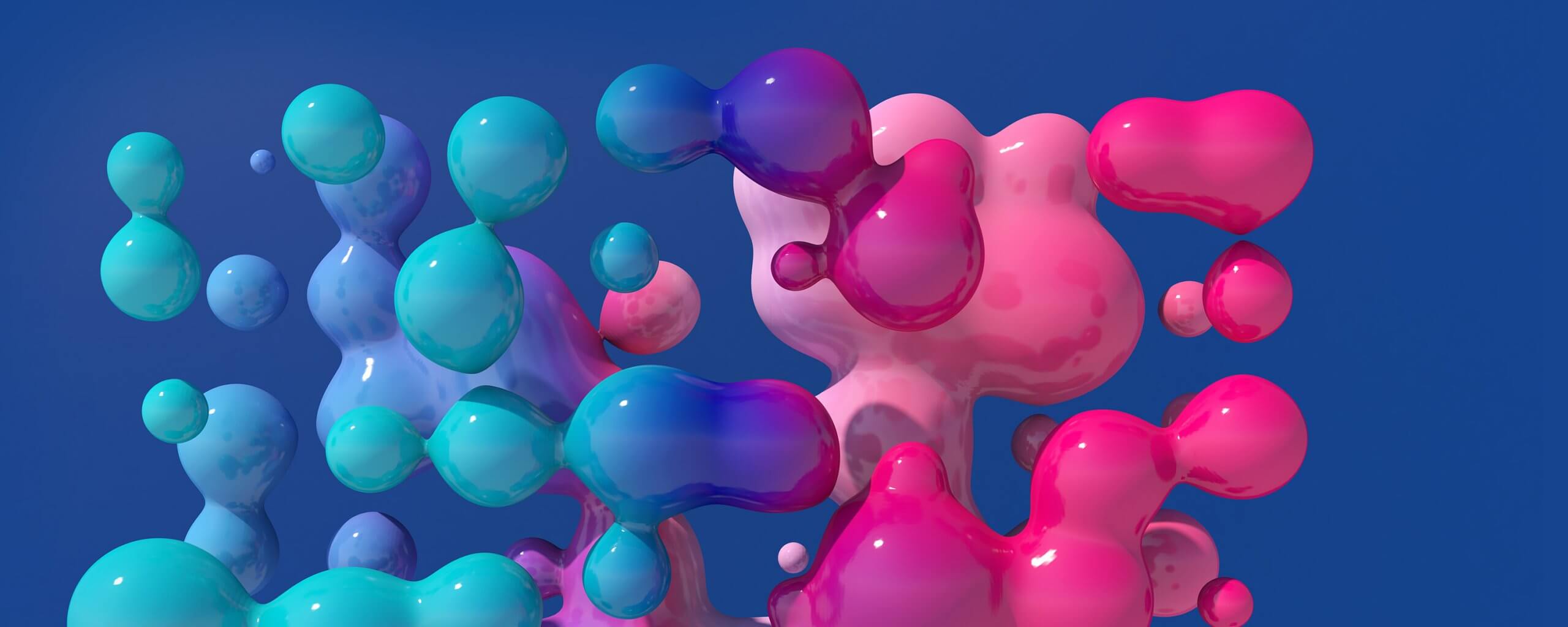


Branding through time
It began with paint and tar in 5000 BCE on cave walls and Egyptian monuments. Later, when cattle were herded, fire became the method of marking. In fact, “brand” comes from old Scandinavian meaning “to burn.”

In The Birth of Brand and A Brief History of Brands and the Evolution of Branding, these early branding examples are referred to as “proto-brands,” since they weren’t fully formed branding as we know today. These proto-brands often gave information about the product: who made it, where it was made, and why it was made.
Egyptian stonecutters carved their symbols into the blocks they were making. Quarry marks and specific artisan signs have been found in Egyptian buildings dating 6000 years old. The need to put one’s mark on one’s work seems ever present.
Around 2200 BCE, cities in the Indus valley had a unique business. Craftsmen were creating small squareseals out of stone or bronze and selling them to merchants. These would then be attached to the merchant’s wares and, in a sense, used as trademarks, as the seals were unique to each individual merchant.
Shortly after, we have evidence of crests appearing on items in China during the Shang Dynasty. Again, these symbols started identifying items like pottery, leatherwork, wine vessels, and told consumers more information about what they were buying. If you liked a certain artisan’s work, you’d seek out their crests.
Fast forward a little more and we come to Ancient Greece, around 800-300 BCE. And lo, a vase made by Euthymides boasts it is “high quality as never (were those of) Euphronios.” One artist harshing on the work of another. The Coke vs. Pepsi of the day?
And, about the same time, Exhibit B: A cup imported from Greece with perhaps the first recorded advertisement painted right on it. “Nestor had a most drink-worthy cup, but whoever drinks of mine will straightaway be smitten with desire of fair-crowned Aphrodite.” No idea how the cup’s creator scored such a celebrity endorsement.
Branding enters the present
And then came the Industrial Revolution when packaged products became easier to manufacture and, therefore, more plentiful.

Companies who made packaged items had a problem: They had to convince buyers their products were better than those purchased from other local shops. Mass-produced things had to quickly showcase their worth and build trust between the consumer and the company producing the things. This is when branding as we know it really took off.
A company’s brand is its face to the world. It represents all the company stands for and how they want to be portrayed in the media. It showcases the value of the company and its products. And, with today’s connected age, it is a way for the company to interact directly with their customers.
Companies must be very conscious and deliberate in how they brand is used. The brand will guide everything: positioning, behavior, opportunities, and marketing.
When a brand is positioned properly, it can lead to prosperity. According to Yotpo, 60% of customers will share a brand they like with friends and family and almost 40% will continue to buy from that brand even if they find the same product somewhere else at a less expensive price. They will spend more to support a brand they feel loyalty towards.
Here’s the thing, though. While 80% of companies think they are giving their customers a good experience, only 8% of customers feel the same way. This is a huge disparity and a challenge for any company trying to ensure their brand recognition.
Make your brand gold

In EffWorks’ Media in Focus report, they highlight seven key areas in measuring the strength of a brand: awareness, image, differentiation, fame, commitment, trust, and esteem. Let’s explore each one a little, see how they interconnect, and examine what sort of polish is needed to make your company gleam.
1. Awareness
The more customers see your business, the more they know your business, the more apt they are to choose your business. This is a long game and should be approached on all media fronts. GetFeedback reports 63% of customers expect customer service over social media and 90% of social media users have interacted with a brand or business. So be where your customers want you. Being engaged on social media and sharing uplifting stories of customers with your product (and encouraging those customers to share your posts) is a great way to expand your brand awareness.
2. Image
This is the face you present to the world—your company’s image. Do you want to be the caring parent or the wacky uncle? Your image should be consistent and clear. And your message (as Sujan Patel points out) should be “100% honest and genuine, 100% of the time.” Your image should also instantly be recognizable to your customers. Treat your image with respect. Attempting to change it quickly or without careful consideration (we’re looking at you, Gap) can be costly (an estimated $100 million, in the case of Gap).
3. Differentiation
The school of fish swims in perfect unison, zigging and zagging at the same time. Suddenly, one fish flings itself out of the water, reflects the light of the setting sun, and instantly becomes a legend. Guess which you want to be? Find the things that make your company different and celebrate them, holding them up for all the world to see. Incorporate your uniqueness into your brand; different has value.
4. Fame
Fame can be measured as awareness over time. Fame adds the second edge to the sword, however, because famous companies are held to higher levels of scrutiny. Make sure your company is famous for something good. Otherwise, you’re infamous (which contrary to the line from ¡Three Amigos! is not “more than famous”).
5. Commitment
How committed you are to your customers (and customer service) is a telling indicator of your brand’s staying power. Also, it is the easiest way to positively engage with your customers. The same Yotpo article mentioned above states that 37% of customers say it takes 5 or more purchases for them to consider themselves loyal. Your commitment to treating customers well will yield long-term dividends once they become loyal.
6. Trust
Another key to customer loyalty is trust. If you work for positive fame and good customer service, you will also be earning trust. Trust in your product, trust in your service, and trust in your brand. As awesome model Lola Ogunyemi states in her opinion piece about the Dove controversy from a few years ago, because Dove had faced similar complaints about racially insensitive ads before, “There [was] a lack of trust….” Trust is earned by doing the right thing and if (when) mistakes happen, reacting to those mistakes as you would with your best friend: quickly, apologetically, and, most of all, honestly.
Pssst. Want a deeper dive into developing trust? We have a formula for that. You can read about it by clicking the button below.
7. Esteem
When the world is aware of your company and brand image, when you champion what makes you different, when you use your fame for good, and when you parlay your commitment to your customers to earn massive amounts of trust, your company’s esteem level rises. This is when other companies take notice of your brand successes and praise (and, probably emulate) you. This is when awards happen. This is when your company name or product becomes a part of speech (like Kleenex, Xerox, or Google).
Roll all these metrics together and you have all the things good branding can accomplish for you. Add all these things you accomplished together, and you have a very successful brand. A brand that will stick in the minds of potential customers, so when they are looking for a service or product your company produces, your brand is the first in their mind. And then you will be the first to have their patronage and money (and the challenge of keeping the awesome flowing).
Need some help developing your brand? Want to smartly refresh your brand and conquer the world? ADG Creative offers branding services from full brand strategy and planning to impeccably-designed logos, thoughtful typography and color pallet alignment, brand even copy.
Check out one of our favorite branding case studies, where we made our already outstanding client’s brand stand out among their peers.
Feature Images from Unsplash. Credits from Left to Right: Hello i m nik, Joseph Barrientos, Sophie Dale, Laura Chouette, Thirteen j, Jonny Caspari


